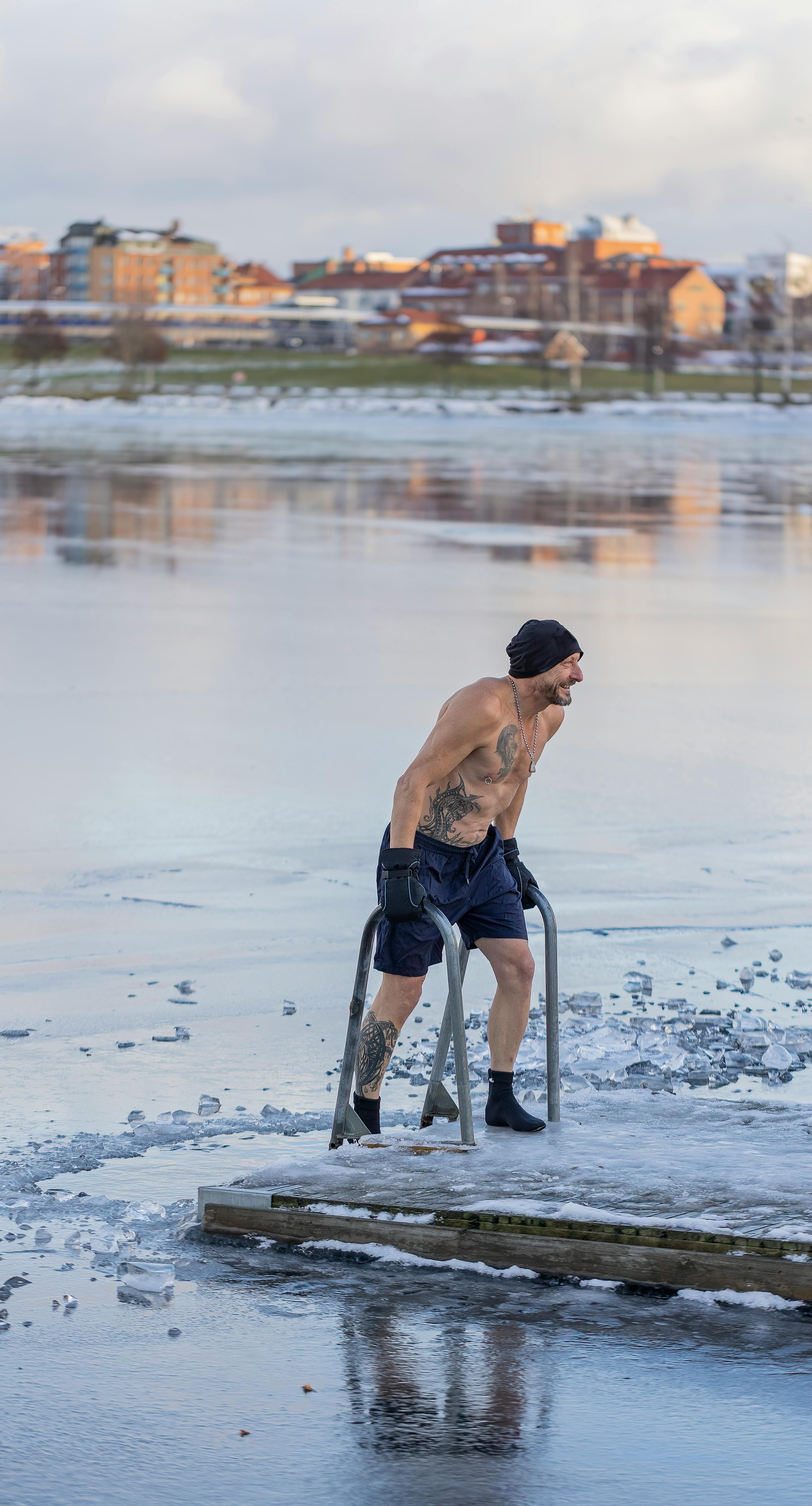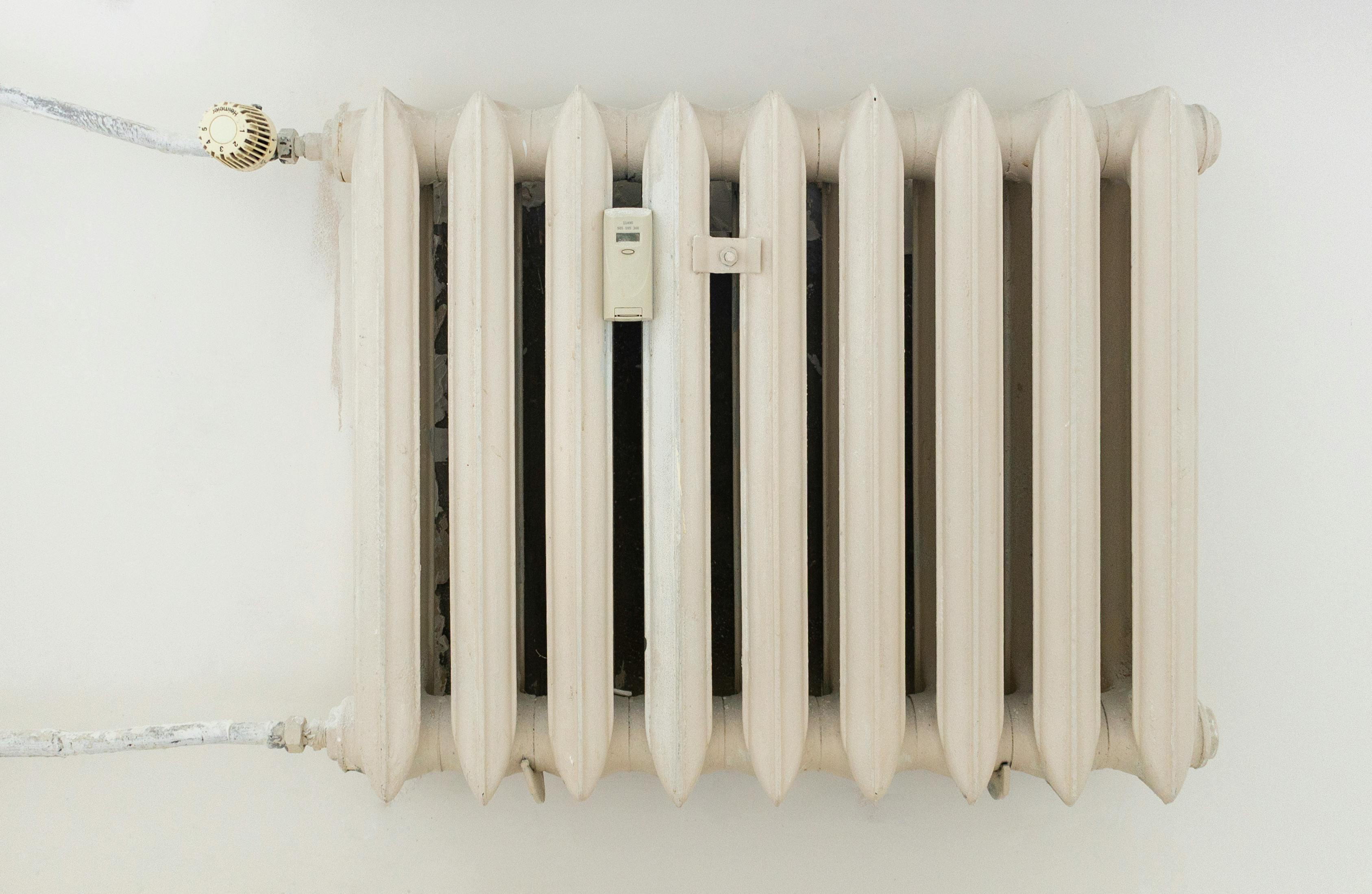Cold Water Therapy: A Deep Dive into the Chilling Trend
Cold water therapy, while not a new concept, has recently surged in popularity as a modern practice in both beauty and fitness sectors. This unique practice offers a range of benefits and is increasingly being recognized for its potential to transform our health and wellness.

A Frosty Past: The History of Cold Water Therapy
The use of cold water for therapeutic purposes dates back to ancient civilizations. The practice was prevalent among the Greeks and Romans who used cold baths for rejuvenation. In the 19th century, Sebastian Kneipp, a German priest, popularized the idea of hydrotherapy, which involved the use of cold water treatments to boost overall health.
Throughout the 20th century, cold water therapy was primarily used in sports medicine to treat acute injuries. The idea was that cold could reduce inflammation and speed up recovery. Today, the practice has evolved and expanded, being incorporated into beauty routines and fitness regimens alike.
Ice Age: Current Trends in Cold Water Therapy
Today, cold water therapy is enjoying a renaissance. It’s being used in various forms, from ice baths and cold showers to cryotherapy sessions. A key trend driving this resurgence is the growing interest in natural and holistic wellness solutions.
Experts suggest that exposure to cold can activate the body’s ‘fight or flight’ response, leading to an increase in metabolic rate and the release of endorphins, the body’s natural painkillers. This can result in improved mood, increased energy levels, and enhanced immune response.
Additionally, in the beauty industry, cold water is being hailed for its potential skin benefits. It’s believed to tighten the skin and improve circulation, leading to a healthier complexion.
The Big Freeze: Benefits of Cold Water Therapy
There’s a growing body of evidence suggesting that cold water therapy can offer numerous benefits. In terms of fitness, it can reduce muscle soreness after intense workouts, enhance recovery, and improve mental fortitude. Athletes often use cold water immersion post-training to minimize inflammation and expedite recovery.
In the realm of beauty, cold water is thought to help tighten the skin, reduce puffiness, and enhance glow by boosting circulation. It’s also believed to help regulate sebum production, potentially reducing acne.
Market Impact: Cold Water Therapy in the Wellness Industry
The rise of cold water therapy has had a significant impact on the wellness industry, leading to an increase in products and services centered around this practice. Cryotherapy clinics, offering whole-body or localized treatments, are popping up in cities around the world.
In the beauty sector, skincare brands are capitalizing on the trend by creating products that mimic the effects of cold water. These range from cooling face masks to serums designed to tighten the skin and reduce puffiness.
A Chilling The Future of Cold Water Therapy
While it’s clear that cold water therapy is more than just a passing trend, it’s important to approach it judiciously. As with any wellness practice, it’s crucial to listen to your body and consult with a healthcare professional before diving in.
As research continues, we can expect to gain a deeper understanding of the benefits and potential applications of cold water therapy. One thing’s for sure: this chilling trend is set to make even bigger waves in the realm of beauty and fitness.




